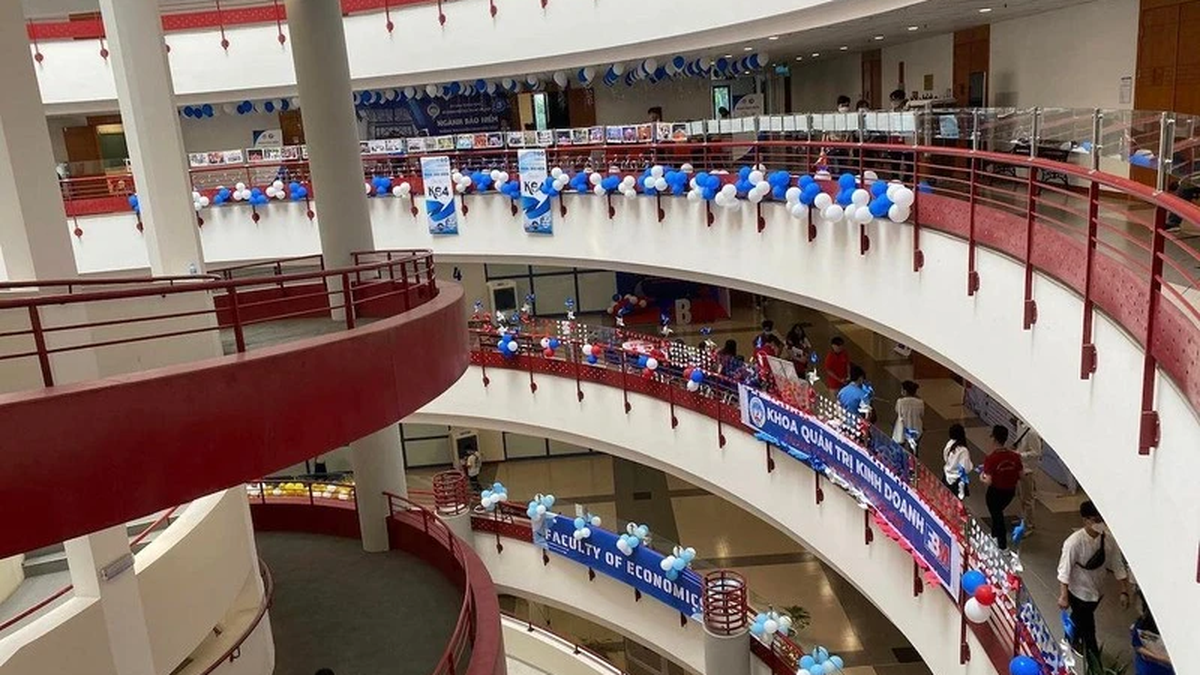VN-Index traded in red for most of the time then suddenly increased thanks to strong buying pressure in the ATC session, closing the third consecutive session with an increase.
Short-term profit-taking pressure continued to increase, putting pressure on the index. VN-Index opened today's session in red as key pillars such as banking and real estate traded below reference. The increase in stocks in the past two sessions has made many stocks achieve attractive T+ returns. This has led to a mentality of protecting results when the market trend is unclear.
VN-Index fluctuated within a range throughout the morning session and most of the afternoon session. The unexpected change only came 20 minutes before closing. Buying power increased at the end of the session, while the selling side was not too aggressive, helping many stocks bounce back.
VN-Index jumped above the reference, closing today's session at 1,125.53 points, up more than 3 points - the highest level in more than a month. VN30-Index increased slightly by nearly 1 point, reaching 1,132.6 points. On the Hanoi Stock Exchange, HNX-Index and UPCOM-Index both closed in green.
Total market liquidity reached over VND17,686 billion. Of which, liquidity on the HoSE floor recorded over VND14,780 billion, down over VND4,800 billion compared to the previous session. Foreign investors net sold nearly VND130 billion today.
Investors' cash flow focuses on three main industries: real estate, financial services and banking.
The top 5 stocks in terms of trading value on the HoSE are DIG (VND 721 billion), SSI (VND 606 billion), VIX (VND 579 billion), NVL (VND 495 billion) and PDR (VND 453 billion).
In VN30, the fluctuation range of stocks was below 2%. Leading the increase was SAB with 1.6%, PLX and SSI increased by over 1%. BVH, POW, HPG, STB, FPT, TCB, SHB , HDB, MSN closed above the reference.
On the contrary, TPB, VRE and MWG were the stocks with the strongest decrease with an amplitude of over 1%. In addition, VIC, VHM, VNM, VIB , VPB, MBB, VJC also closed the session in red.
In the mid-cap group, most codes only fluctuated within a narrow range of less than 3%.
Minh Son
Source link







































































































Comment (0)